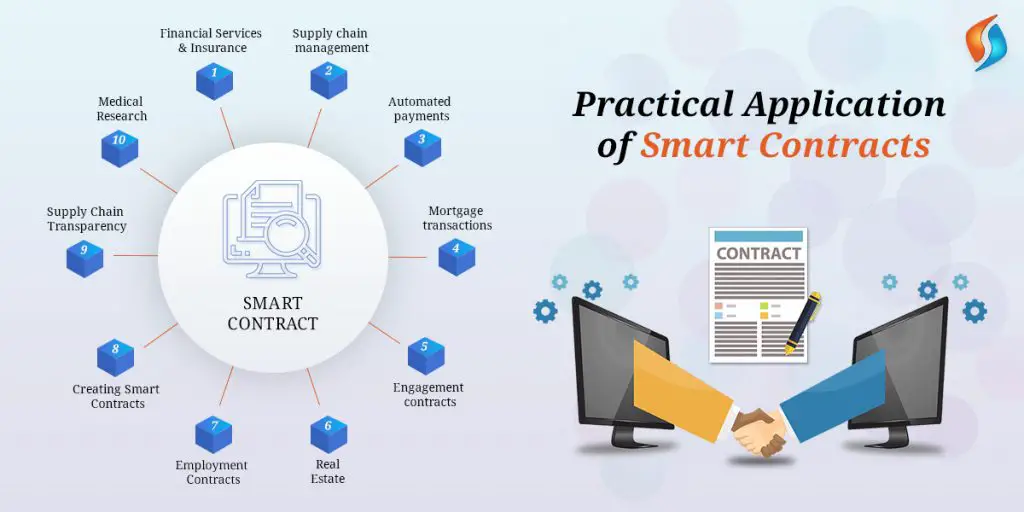Writing Secure Smart Contracts for Blockchain Applications

Smart contracts are self-executing contracts with the terms of the agreement directly written into lines of code. They play a crucial role in blockchain applications, automating transactions and enforcing agreements securely and transparently. Writing secure smart contracts is essential to prevent financial losses, protect sensitive data, and maintain the integrity of blockchain applications.

Here’s a detailed guide to writing secure smart contracts:

1. Use a Secure Programming Language: Choose a programming language designed for blockchain development, such as Solidity or Vyper, which enforce security best practices.
2. Code Reviews and Audits: Conduct thorough code reviews and audits to identify potential vulnerabilities and ensure the contract meets security standards. Seek input from security experts or use automated tools for analysis.
3. Input Validation: Validate all user input to prevent malicious actors from providing invalid data. Implement checks for data types, range, and length to ensure the contract’s integrity.
4. Access Control: Implement access control mechanisms to restrict who can execute the contract’s functions. Use modifiers to check the caller’s identity and permissions.
5. Gas Limit Restrictions: Set gas limits to prevent attackers from exhausting the contract’s gas and halting its execution. This ensures the contract can always be stopped or reverted if necessary.
6. Event Logging and Error Handling: Log important events and errors to provide a clear audit trail of the contract’s execution. This helps diagnose problems and identify any potential security breaches.
7. Reentrancy Protections: Prevent reentrancy attacks by ensuring that the contract’s state is not modified while the contract is executing a function. Use mutexes or reentrancy guards to handle this.
8. SafeMath Library: Use libraries like SafeMath to handle mathematical operations securely, preventing integer overflows or underflows that can lead to vulnerabilities.
9. Defensive Coding Techniques: Employ defensive coding practices to handle unexpected scenarios. Consider using exception handling, runtime checks, and reverting transactions when necessary.
10. Constant and Immutable Variables: Declare constant and immutable variables to prevent unintentional modifications that could compromise the contract’s security.
11. Code Obfuscation and Unit Tests: Obfuscate the contract’s code to make it difficult for attackers to reverse engineer and identify vulnerabilities. Conduct unit tests to validate the contract’s functionality under various conditions.
12. Continuous Monitoring: Regularly monitor the contract’s execution and make necessary updates to address potential security threats. Use blockchain analytics and security tools to track suspicious activity.
Conclusion:
Writing secure smart contracts is crucial for the security and reliability of blockchain applications. By following these best practices, developers can create contracts that protect assets, prevent data breaches, and ensure the integrity of the underlying blockchain ecosystem. Remember, security is an ongoing process that requires continuous monitoring, code improvements, and collaboration with security experts.

This article is a great resource for anyone interested in writing secure smart contracts.
Lol, this is just a bunch of gibberish. How am I supposed to write a secure smart contract if you don’t even tell me what a smart contract is?
This is a great article! I learned a lot about writing secure smart contracts. Thanks for sharing!
I’m not sure I agree with the author’s conclusion. I think there are other factors to consider when writing secure smart contracts.
This article is very informative. I appreciate the author’s insights.
This article is a great resource for anyone interested in writing secure smart contracts.
I’m not sure I agree with everything in this article. I think there are some better ways to write secure smart contracts.
I’m not sure I understand this article. Can someone explain it to me?
I’m not sure I understand this article. Can someone explain it to me?
I’m not sure I understand this article. Can someone explain it to me?
I’m not sure I agree with the author’s conclusion. I think there are other factors to consider when writing secure smart contracts.
This article is a great resource for anyone interested in writing secure smart contracts.